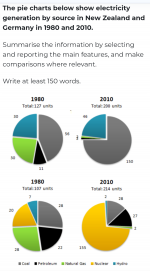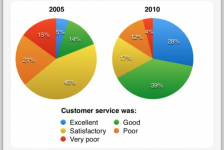mrmvp
Senior Member
- Joined
- Jul 13, 2017
- Member Type
- Student or Learner
- Native Language
- Arabic
- Home Country
- United Arab Emirates
- Current Location
- United Arab Emirates
I have seen many ways of writing percentages. It sometimes precedes with the preposition "with", "at" and inside parentheses. How do I differentiate between using "at" with percentage and using "with" with percentage?

